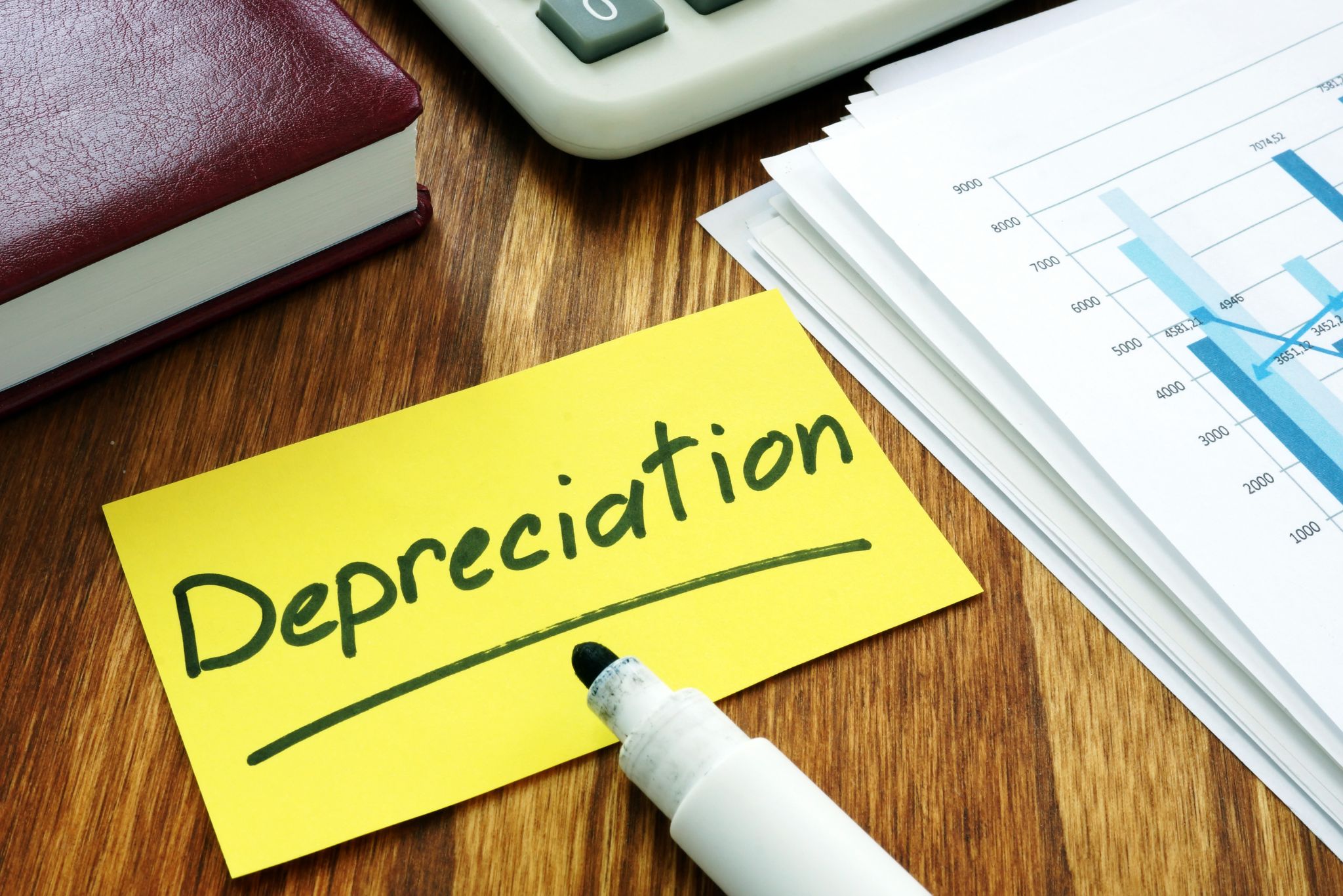Tax Time Tips: Depreciating Assets Made Simple

When you buy tools, equipment, or other big-ticket items for your business, you usually can’t claim the full cost as a tax deduction straight away. Instead, you claim the cost bit by bit over time as the item loses value. This process is called depreciation.
Depreciation helps you spread the cost of your business assets and lower your taxable income each year. It’s a smart way to get the most out of your purchases especially at tax time.
What counts as a depreciating asset?
Not every business purchase is a depreciating asset. To count, the item must:
- Be used in your business
- Have a limited effective life (it won’t last forever)
- Be expected to lose value over time
Think of things like a delivery van, a photocopier or a new workbench. These are considered capital assets that help you run your business over the long term.
The Australian Taxation Office (ATO) uses the term “effective life” to describe how long an asset is likely to last. This helps work out how much of its value you can claim each year. For example, a laptop might have an effective life of three years, while a commercial fridge might last ten.
Knowing what qualifies and how long it’s expected to last is key to getting your depreciation right.
A real-life example of how depreciation works
Let’s say you’re a sole trader and you buy a new laptop for $2,400 (including GST) on 1 August 2024. You use it 100% for your business.
Because the laptop has an effective life of three years, you can’t claim the full $2,400 right away, unless you qualify for an instant asset write-off.
If you don’t, you’ll need to claim the laptop’s cost over time using one of two methods:
- Diminishing value method – This method lets you claim more in the early years when the asset loses value faster. It works well if the asset gets a lot of use straight away.
- Prime cost method – This spreads the deduction evenly over the asset’s effective life. It’s a steady, predictable option.
Either way, the ATO allows you to claim the decline in value each year as a tax deduction to help you reduce your taxable income.
What doesn’t depreciate?
Not everything you buy for your business can be claimed as a depreciating asset. Some things are specifically excluded, such as:
- Land – It doesn’t wear out, so it’s not depreciated.
- Trading stock – These are items you sell as part of your business (like retail goods).
- Goodwill and most intangible assets – Things like brand value or customer loyalty aren’t physical items you can depreciate (though some exceptions apply).
There are a few grey areas too. For example, land improvements like fences, irrigation systems, or windmills can be depreciated even though they’re fixed to the land. They’re treated as separate assets for tax purposes.
Understanding what qualifies for depreciation and what doesn’t will help you stay compliant and avoid claiming the wrong thing at tax time.
Don’t miss out on depreciation deductions
Business asset depreciation can seem tricky at first, but once you understand how it works, it’s a smart way to reduce your tax and make the most of your business purchases.
If you’ve recently bought new tools, a work vehicle or office equipment, it’s worth checking if they count as depreciating assets and how to claim them properly.
If you’re not sure where to start, we’re here to help. Let’s chat about your asset purchases and make sure you’re getting all the tax deductions you’re entitled to.
